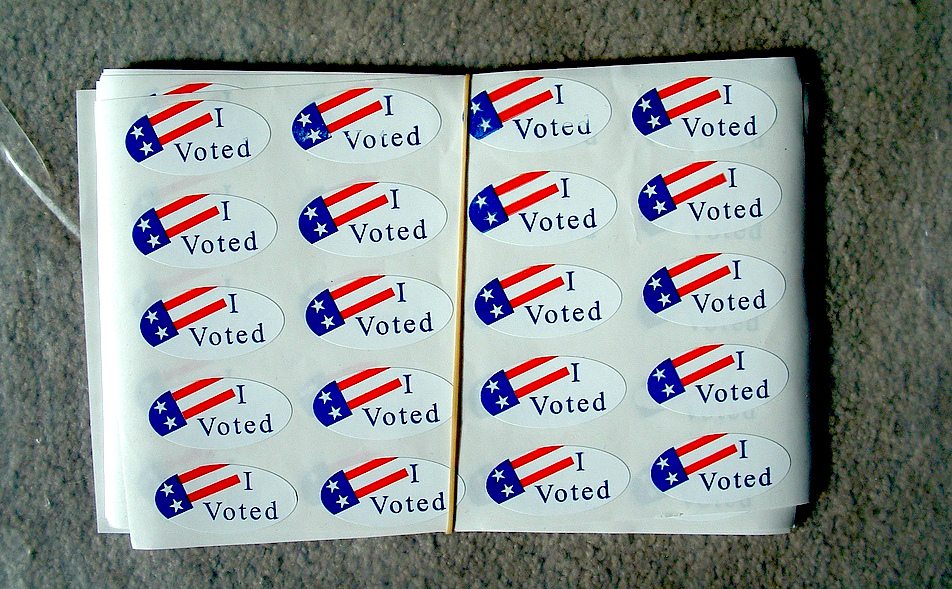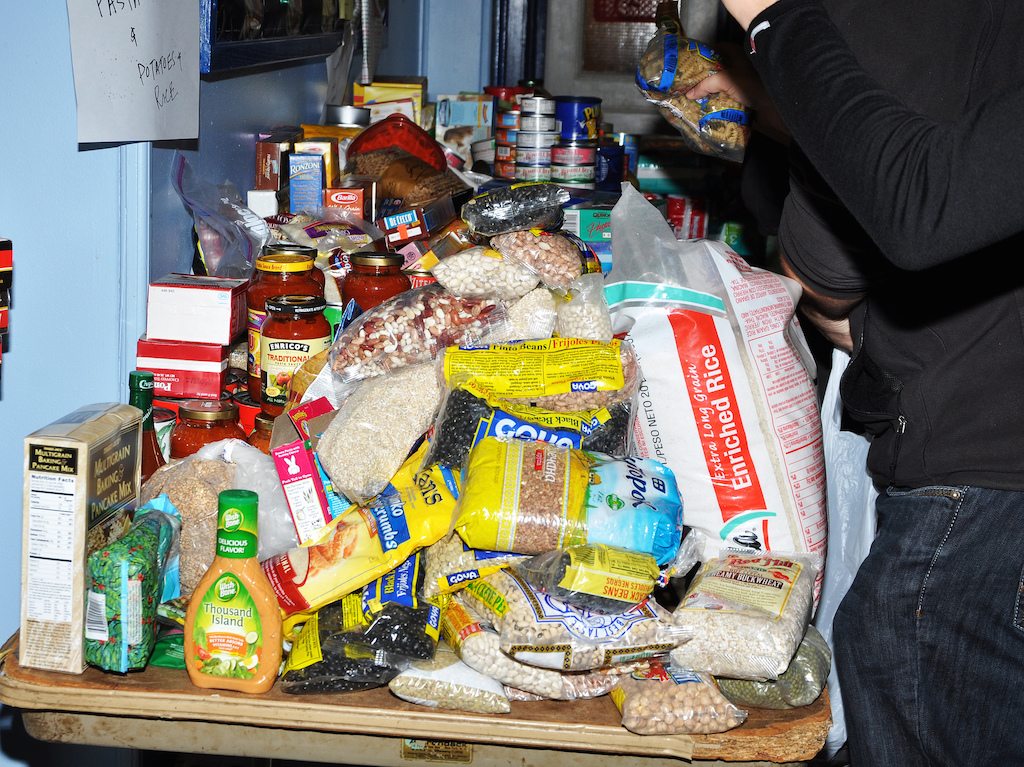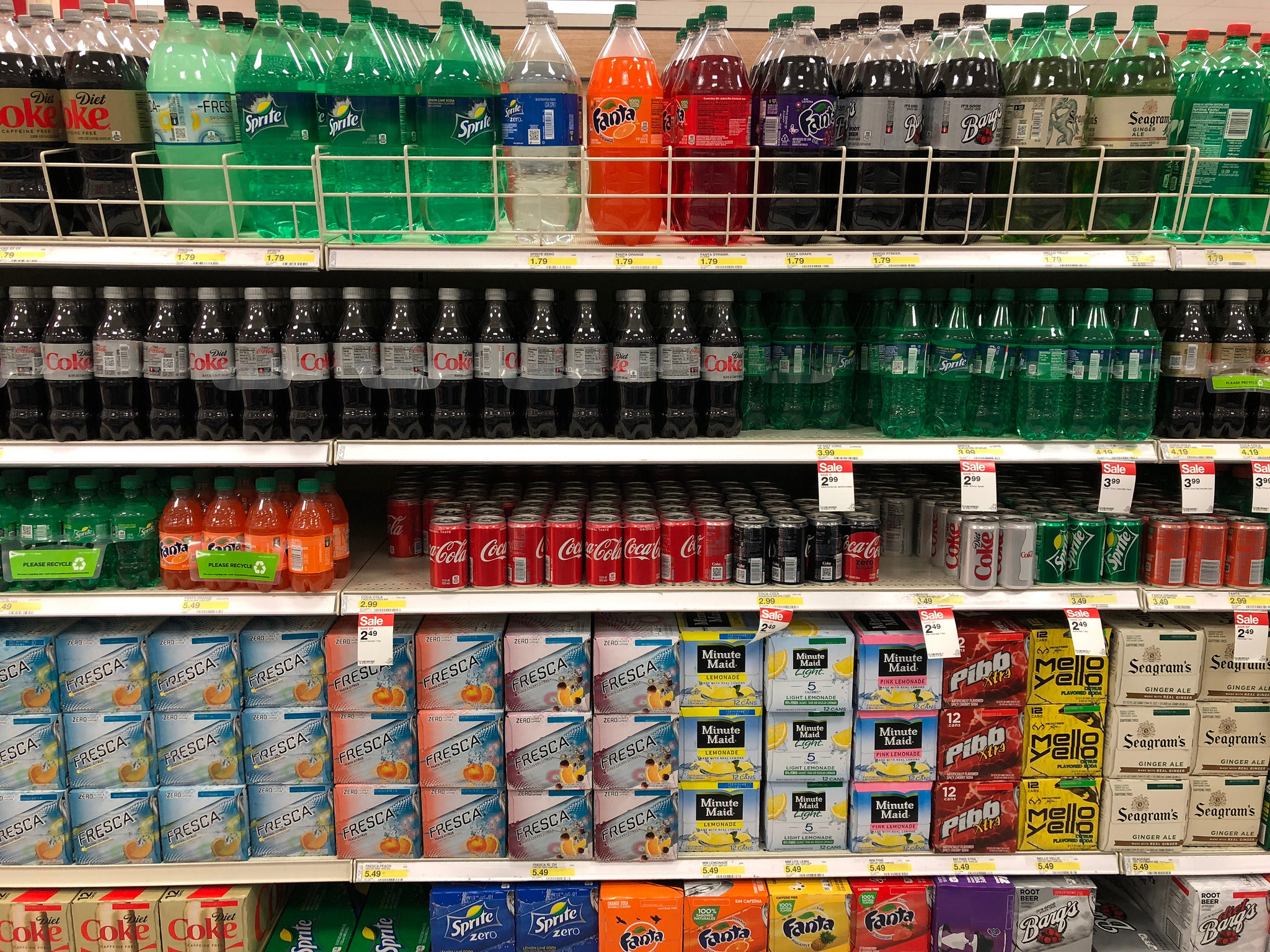
Sweetgreen
A much-publicized report from the Centers for Disease Control (CDC) released earlier this month found that more than a third of Americans eat fast food daily. The high level was surprising, but what wasn’t explained was that the study’s definition of “fast food” included fast-casual restaurants, such as the salad chain Sweetgreen, as well as coffee, bagel, and even ice cream shops. The broad definition, well beyond the burger-centric drive-through that “fast food” calls to mind, raises questions about what the CDC data actually reveal about American eating habits.
The study found that between 2013 and 2016, 36.6 percent of adults ate fast food on a given day. That number was highest—44.9 percent—among people 20 to 39 years old, and among higher-income diners. “Fast food is a part of the American diet and has been associated with high caloric intake, and poor diet quality,” wrote the study’s authors. Many concluded, based on CDC’s framing, that one in three Americans ate at chains like McDonald’s or Wendy’s every day.
But according to the study’s lead author, Cheryl Fryar, participants self-reported whether they had eaten fast food, a broad category that included everything from bagel and coffee shops to “carry out” restaurants. Fryar confirmed that even the fast-growing salad restaurant Sweetgreen qualified as fast food for the purposes of the study.
This new information complicates recent reporting on the study that assumed CDC used a popular definition of fast food. Many outlets ran articles on the study’s findings accompanied by pictures of Whoppers and Big Macs, and quoted dietitians discussing the risks of fast food consumption. But the study didn’t collect data about which restaurants respondents identified as fast food.
Marion Nestle, a professor of nutrition and public health at New York University, said via email that she was “completely baffled” by the report, and that it isn’t consistent with other recent findings on fast food consumption. “This is comparing apples to oranges and doesn’t work,” she said.
When asked about whether the study indeed signals a trend of unhealthy eating among Americans, as many outlets have reported, Fryar said the authors “did not assess diet quality for this report.” She noted that a 2013 CDC study calculated what percentage of participants’ daily caloric intake came from fast food and found it to be an average of 11 percent. The same broad definition of fast food, and the same self-reporting methodology, was used in that study.










